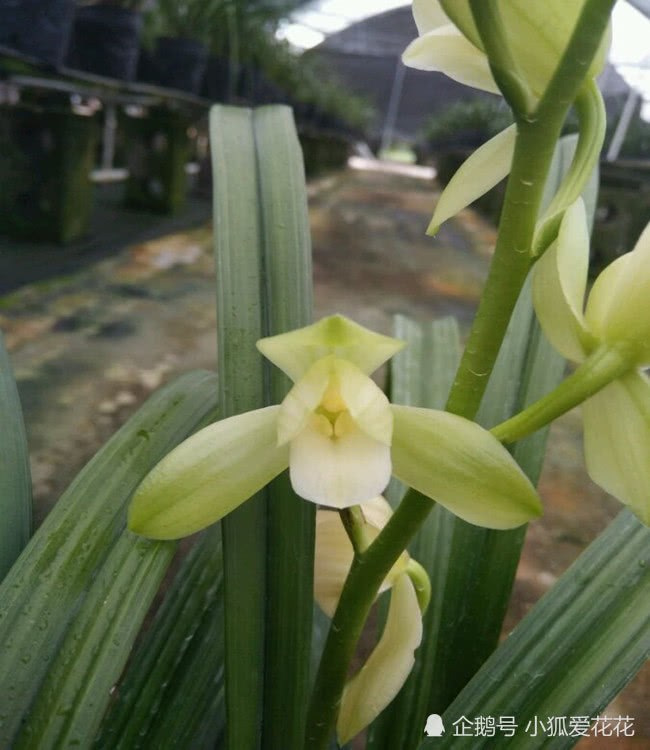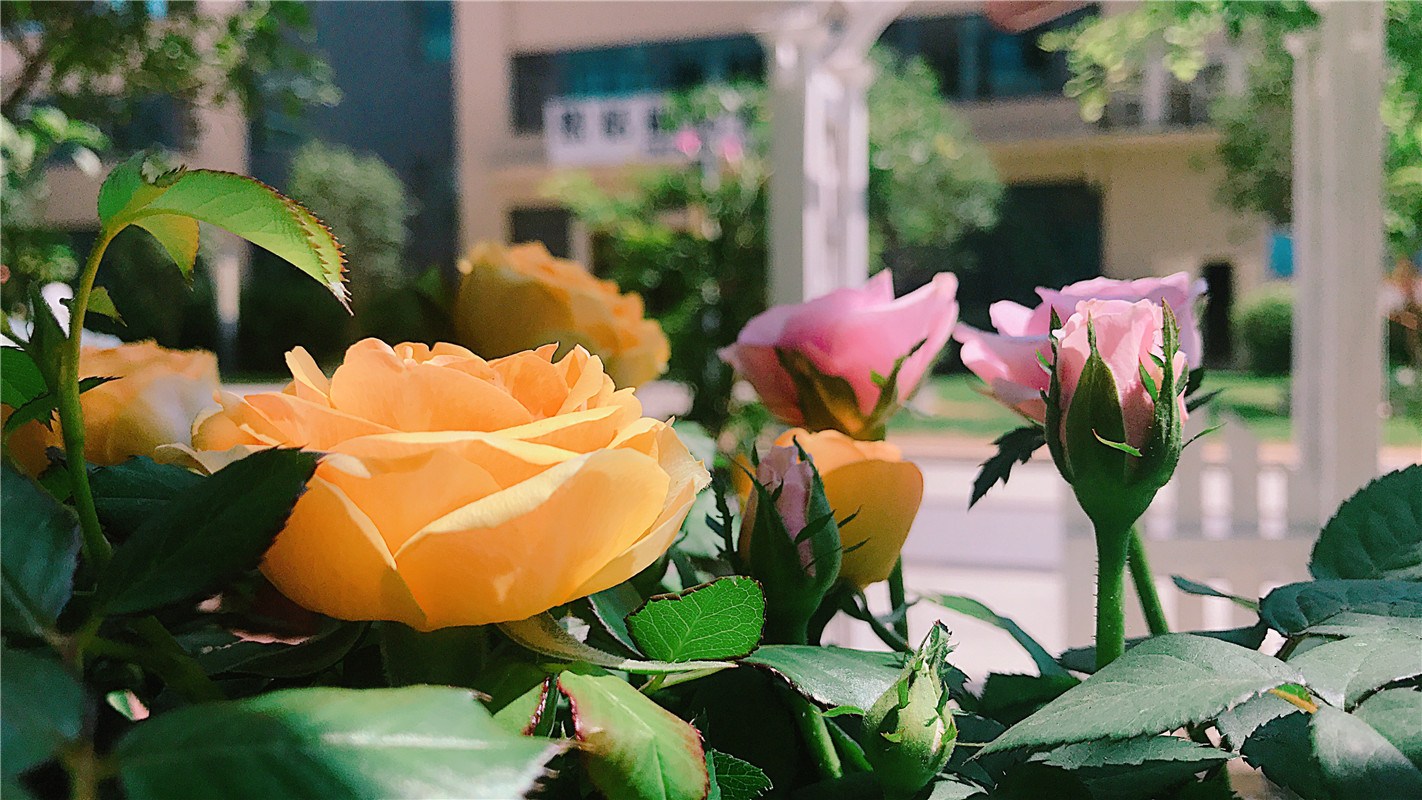There are two points in orchid soil, one is not to be soft, the other is to avoid hard look.

Hello, masters of orchids. Today, the little gardener continues to talk to you about the problem of orchid soil matching. Generally speaking, orchid soil is either coarse particles or fine soil. What the little gardener wants to say today is one of the details. That is, when raising orchids to match soil, small masters should not be "afraid of soft", but also "avoid hard". Let's have a look.
1. Orchids with soil, don't be "afraid of being soft"
First talk about "afraid of soft" things, now in the orchid group or orchid friends often say that most of the soil is particle soil, which leads to many novice small owners do not dare to use fine soil to raise orchids, in fact, soil is the source of all things, in the conservation of orchids, if the lack of soil, it is difficult to raise orchids fragrance, we should not be afraid to use "fine soil", used properly, it is the key to make orchids strong roots and increase fragrance.
So, how to use fine soil, if you are the master of a novice orchid, the florist suggests that you mix 3 parts of fine soil into the plant material for orchid cultivation, and 7 parts of other plant materials. Can be mixed with rotten leaf soil, peat soil, coconut bran and so on, they are soft soil, fine soil. The little gardener also knows that many skilled masters use full fine soil to raise orchids, which have high requirements for the environment and conservation, and the little gardener does not recommend this use for novices.
two。 Orchid soil allocation is closely related to topdressing.
In fact, the nutrients in the fine soil are more sufficient than the coarse plant materials, so we can slow down the topdressing appropriately during conservation, but if you use large and hard plants to raise orchids, then we have to do a good job of topdressing. Hard plant materials with organic fertilizer for root cultivation can strengthen roots and roots, hard plant materials with organic fertilizer for promoting flowers can promote flowers and protect flowers, and we have two bottles of organic nutrient solution fermented by plants at home.
3. When orchids are mixed with soil, they have to "avoid hard".
Let's talk about "avoiding hard". The little gardener here says that avoiding hard is actually a good habit of the older generation when raising orchids to mix soil. They will use granular stone or other particles, but they are all used after "treatment". The old man said that after soaking in red brick for a few days, he took it out and pounded it into gravel, and then squeezed the edge with his hand and then added one-third of the pine bark to grow orchids. A few months later, it was found that the state of orchids was better than that of gold plants.
Among them, the novice master of drinking too much did not notice that the predecessors would specially deal with these granules and grind off the sharp cuts so that they do not form a cutting edge, so that they do not have to worry about them cutting the roots of orchids. Orchids are fleshy roots, so we have to pay attention to such a detail. When using large plant materials, it is necessary to use organic nutrient solution to top fertilizer in time during the peak growth period.
That's why the little gardener said that when small masters pot orchids, they should not be "afraid of softness", but they should "avoid hard". In fact, they are talking about the details of these two soil matches. ladies and gentlemen, do you agree with the little gardener?
- Prev

The water moss raises the rotten roots of orchids without disturbing the crazy buds of flowers.
For many newcomers who have just entered the pit, it is a difficult problem for orchids to choose what kind of plant material will not rot their roots. Today, the editor will share with you something that can be used to raise orchids without rotting their roots.
- Next

After taking the special medicine, the rose explodes with small tips and tricks. I will also learn it.
Rose love to blossom, rose love burst pot, but those are other people's rose ah, their own home rose, small branches, a flower is like "dystocia", why the same rose, the gap is so big? That's because of you.
Related
- Wuhan Hospital Iron Tree Blooming Result Was Instantly Frightened by the Gardener Master
- Which variety of camellia is the most fragrant and best? Which one do you like best?
- What is the small blue coat, the breeding methods and matters needing attention of the succulent plant
- Dormancy time and maintenance management of succulent plants during dormancy
- Minas succulent how to raise, Minas succulent plant pictures
- What are the varieties of winter succulent plants
- How to raise succulent plants in twelve rolls? let's take a look at some experience of breeding twelve rolls.
- Attention should be paid to water control for succulent plants during dormant period (winter and summer)
- Watering experience of twelve rolls of succulent plants
- Techniques for fertilizing succulent plants. An article will let you know how to fertilize succulent plants.

